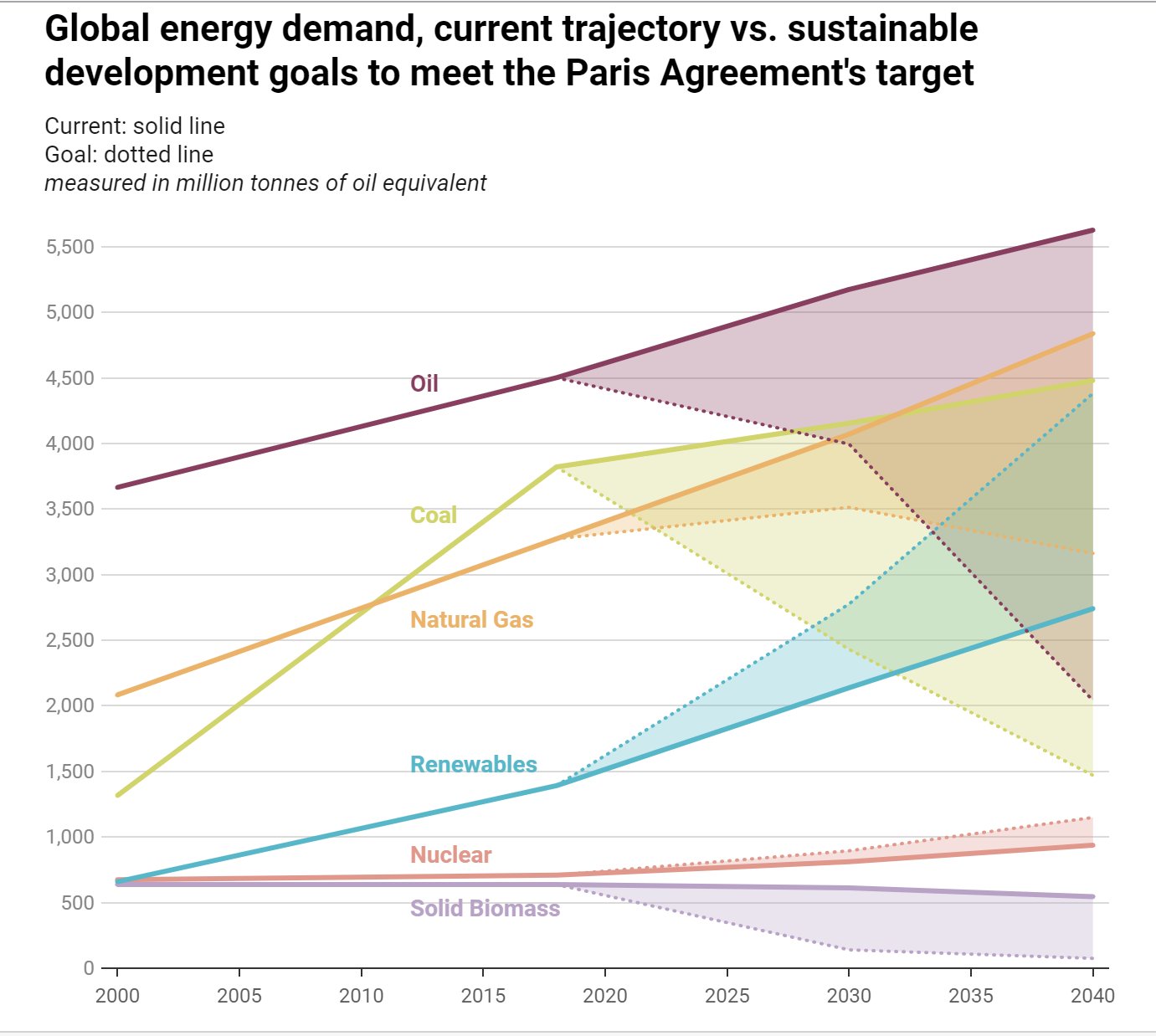India's document on climate change, notes how rain-fed agriculture covers 60% of the country’s net sown area, with 40% of the total food production affected by frequent droughts, floods, climate variability and extreme weather.
Research reveals that the tidal flood water level has risen by a metre between 2004 and 2009 and continues to rise.
In India, close to 1.5 million people are classified as internally displaced every year, many for climate change reasons. At 2.7 million people, India had the highest number of people displaced by disasters and extreme weather events in 2018.
For example, when cyclone Phailin ravaged the coastal state of Orissa in 2013, the state witnessed an unprecedented scale of migration of fishing communities that had otherwise been based there for decades.
Even six years after cyclone Phailin, subsidies promised to replace fishing boats and nets lost in the disaster had not been disbursed.
Researchers in the state of Assam in India and in Bangladesh have estimated that around a million people have been rendered homeless due to erosion in the Brahmaputra river basin over the last three decades. The figure can potentially go up to six million people.
Feb 2020 report : In the last two years, India has been hit by at least one extreme weather event every month. India recorded just 9 out of 93 disasters in Asia in 2019, but accounted for nearly 48% of the deaths.
27 of the 37 states and union territories in India are disaster-prone.
A recent study in the Proceedings of National Academies of Sciences, co-related 50 years of annual temperature data with the GDP of 165 nations. The study found that India’s GDP is 30% lower today, than it would have been had it not been affected by climate change
The reasons behind these negative impacts are mainly due to decreased productivity and losses due to climate-induced disasters.
In 2018, of the total new 28 million internally displaced people in 148 countries, 61 per cent were due to disasters. In comparison, 39 per cent were due to conflict and violence.
More countries reported displacement due to disaster than conflict and violence: 144 for disaster and 55 for conflict and violence.
According to UN, disasters and geophysical hazards have an average of 3.1 million displacements per year since 2008.
In December 2019, the World Meteorological Organization released the annual State of Global Climate 2019. According to this report, 22 million people would be displaced by December 31, 2019, due to extreme weather events.
According to the report, more than 10 million people were displaced internally — within a country — between January and June 2019. Out of this, 7 million were due to extreme weather events like floods, cyclones and hurricanes.
Everyone knows that climate change is displacing people, but no government is willing to acknowledge this officially, for fear of having to recognize these people as refugees and be held responsible for their welfare.
Research reveals that the tidal flood water level has risen by a metre between 2004 and 2009 and continues to rise.
In India, close to 1.5 million people are classified as internally displaced every year, many for climate change reasons. At 2.7 million people, India had the highest number of people displaced by disasters and extreme weather events in 2018.
For example, when cyclone Phailin ravaged the coastal state of Orissa in 2013, the state witnessed an unprecedented scale of migration of fishing communities that had otherwise been based there for decades.
Even six years after cyclone Phailin, subsidies promised to replace fishing boats and nets lost in the disaster had not been disbursed.
Researchers in the state of Assam in India and in Bangladesh have estimated that around a million people have been rendered homeless due to erosion in the Brahmaputra river basin over the last three decades. The figure can potentially go up to six million people.
Feb 2020 report : In the last two years, India has been hit by at least one extreme weather event every month. India recorded just 9 out of 93 disasters in Asia in 2019, but accounted for nearly 48% of the deaths.
27 of the 37 states and union territories in India are disaster-prone.
A recent study in the Proceedings of National Academies of Sciences, co-related 50 years of annual temperature data with the GDP of 165 nations. The study found that India’s GDP is 30% lower today, than it would have been had it not been affected by climate change
The reasons behind these negative impacts are mainly due to decreased productivity and losses due to climate-induced disasters.
In 2018, of the total new 28 million internally displaced people in 148 countries, 61 per cent were due to disasters. In comparison, 39 per cent were due to conflict and violence.
More countries reported displacement due to disaster than conflict and violence: 144 for disaster and 55 for conflict and violence.
According to UN, disasters and geophysical hazards have an average of 3.1 million displacements per year since 2008.
In December 2019, the World Meteorological Organization released the annual State of Global Climate 2019. According to this report, 22 million people would be displaced by December 31, 2019, due to extreme weather events.
According to the report, more than 10 million people were displaced internally — within a country — between January and June 2019. Out of this, 7 million were due to extreme weather events like floods, cyclones and hurricanes.
Everyone knows that climate change is displacing people, but no government is willing to acknowledge this officially, for fear of having to recognize these people as refugees and be held responsible for their welfare.


